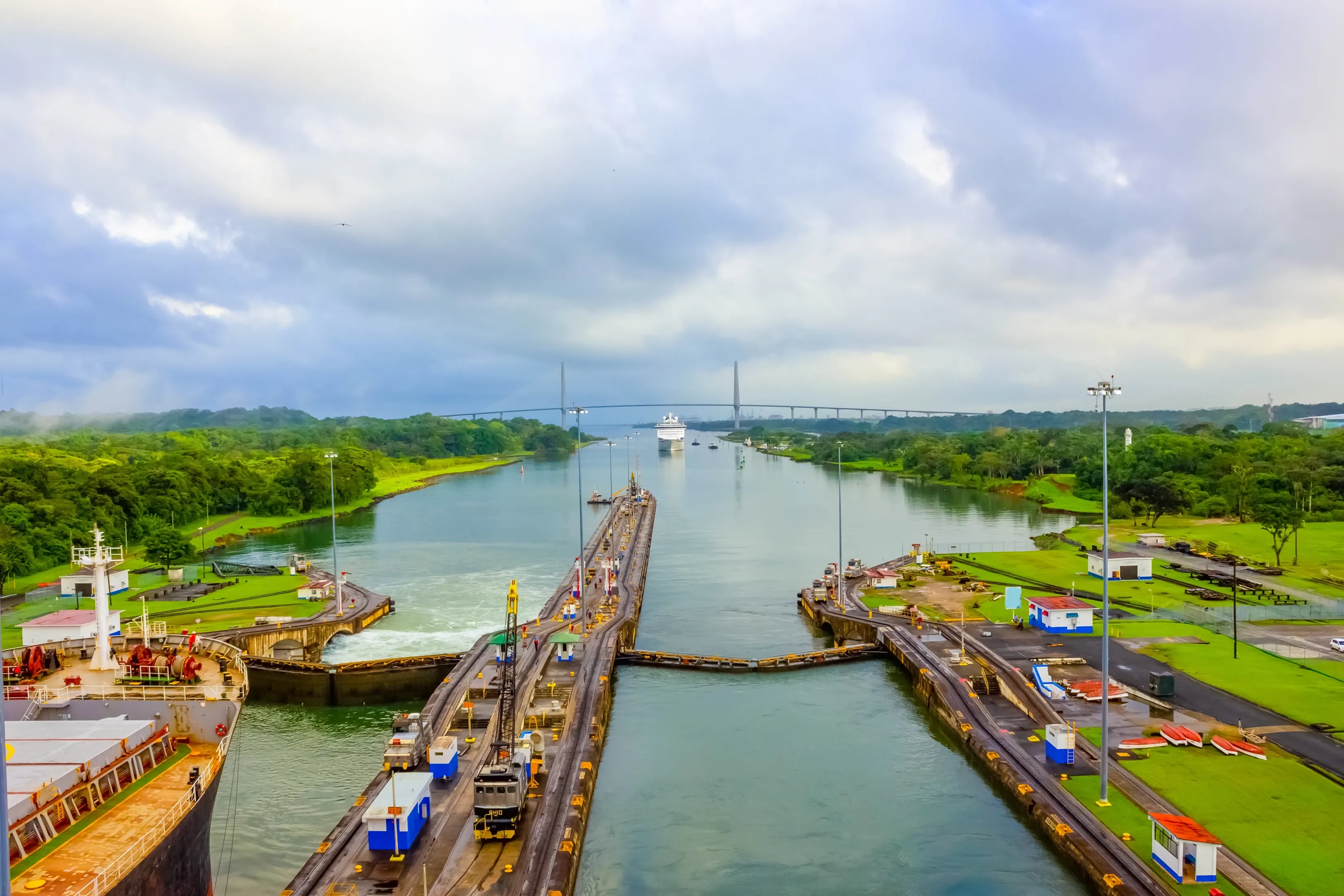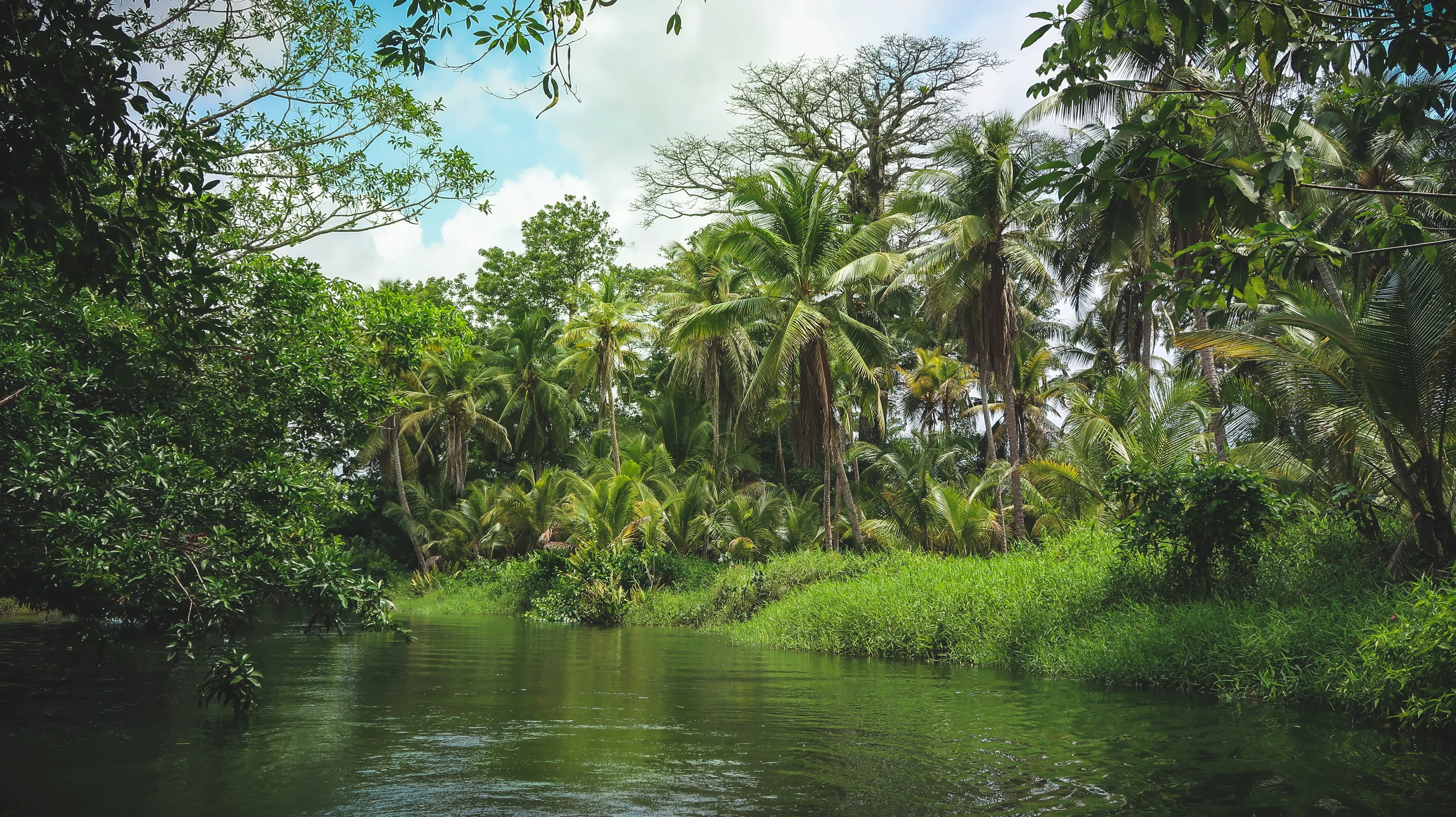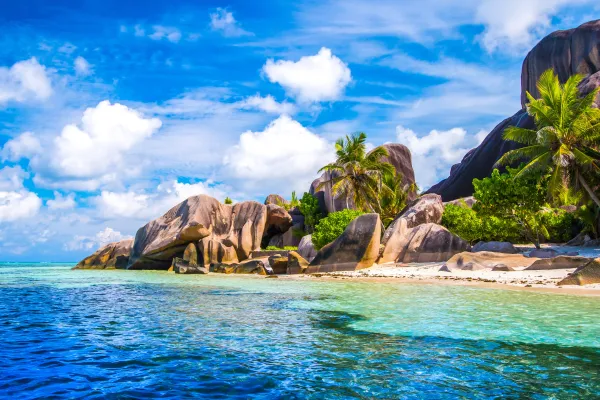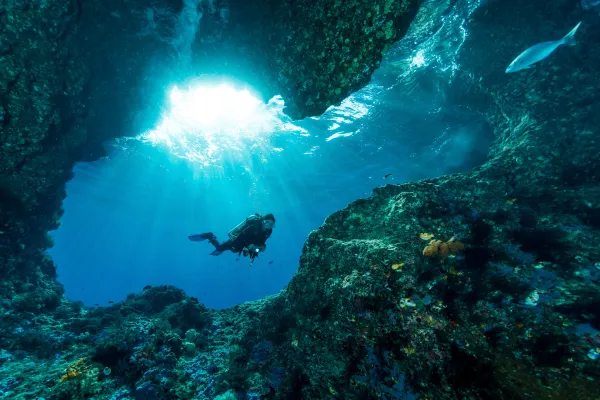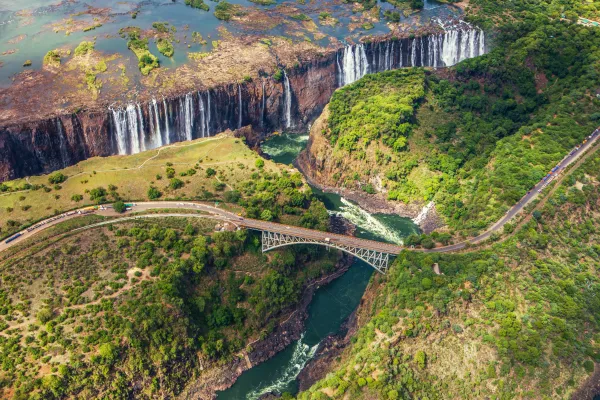How Panama became carbon-negative
Panama is one of only three carbon-negative countries in the world, along with Bhutan and Suriname. All three are small nations with limited resources that have achieved this impressive environmental status against the odds. Here are the reasons that Panama managed to do so.
Panama is often called the ‘bridge between North and South America’. This tiny country is famous for the Panama Canal, which links the Pacific and Atlantic Oceans. This vital transport channel enables ships from across the globe to significantly reduce travel distances.

Consequently, it plays an invaluable role in cutting voyage costs, as well as carbon emissions worldwide. Furthermore, the Panama Canal provides consistent revenue of between two and three billion USD annually.
Moreover, this small country has risen admirably to the climate change challenge. Panama is now one of only three carbon-negative nations in the world. It has made the global population catch a wake-up call.
»Nearly three billion U.S. dollars was the toll revenue generated by the Panama Canal during the fiscal year 2021.«
Why Panama’s carbon-negative status is important for the world
Carbon neutrality is the new gold of today and tomorrow, and carbon negativity is even more so. As carbon emissions increase, these greenhouse gases blanket the Earth and trap the sun’s heat near the surface. This results in global warming and erratic climate change conditions.
Most countries are experiencing the effects of global warming with more storms, fires, and changes in water levels as the world is warming at a faster rate than at any time in recorded history. Climate change scientists have warned the world that limiting global warming to 1.5 degrees Celsius by 2040 is essential to avoid disastrous climate change effects.
For a country to be carbon neutral, it has to balance the carbon emissions people produce with the carbon dioxide the atmosphere absorbs. Critical to this process is the presence of carbon sinks, most notably forests. Like Bhutan and Suriname, Panama has done an excellent job of protecting its rainforests, which has contributed enormously to mitigating carbon emissions. However, the Panama Canal also contributes significantly to lowering greenhouse gases – not just for Panama but the whole world.
How did Panama become carbon-negative?
Between 1982 and 2008, Panama bore the brunt of global warming firsthand. An unrelenting series of natural disasters struck the country, including devastating droughts and floods. Many locals in hard-hit areas lost their lives, loved ones, and livelihoods in these extreme events. Furthermore, these disasters affected the ability of the Panama Canal to operate efficiently, at massive cost to the country. At this point, Panama recognised that climate change and carbon dioxide emissions pose critical threats to its environment and economy.
Consequently, then-President Juan Carlos Varela Rodriguez committed Panama to the Sustainable Development Goals and 2030 Agenda of the United Nations Sustainable Development Plan. The nation made plans to restore deforested areas to protect the country and the Panama Canal from natural disasters. Their efforts have proved an environmental triumph and inspiration to the wider world.
At the 2021 COP26, Panama’s president Laurentino Cortizo was proudly vocal about Panama’s carbon-negative status. He highlighted that Panama was one of only three countries to achieve this environmental feat – a pioneer in the fight against climate change. Panama’s well-preserved forests are the most significant contributor to its carbon-negative status.
»At this summit, some countries have shared their plans to be carbon-neutral by 2030 or 2050. Panama is already carbon-negative.«
Forestry conservation and Panama's carbon-negative status
Forestry preservation has played a vital role in lowering Panama’s greenhouse gases. The nation’s lush rainforests absorb more carbon than the country produces, facilitating Panama’s carbon-negative status.
Highlighting Panama's forests' significant role in lowering greenhouse gases within the country, president Cortizo explained at COP 2026, 'We began by respecting the native communities and our forests which protects 33 percent of the country’s surface.’
Panama Canal's role in lowering global carbon emissions
Panama is a small country that has used its geographical position to its advantage. The Panama Canal has been particularly instrumental in aiding this emerging country’s development and economic stability. This manmade ocean channel is a global asset that substantially reduces maritime transportation costs. Consequently, it significantly decreases global emissions from marine ships crossing the Pacific to the Atlantic oceans. Scientists estimate that the channel has avoided the production of 850 million tons of carbon dioxide emissions since its opening in 1914. At COP 26, Cortizo noted that the canal connects 170 countries and 1,920 marine ports
»...the best Latin American country in maritime and air connectivity.«
Panama’s carbon-negative commitment to the future
Panama remains firmly committed to its carbon-negative future. In 2020, it developed a Nationally Determined Contributions initiative under the United Nations Climate Change programme. According to this plan, Panama has committed to reducing carbon emissions by 11.5 percent before 2030. The proposal also aims to restore 500 square kilometres of national forests. Scientists estimate this will absorb 2.6 million tons of carbon dioxide by 2050. Additionally, the government has launched a national agricultural plan to reduce greenhouse gases produced by farming practices.

Panama’s carbon-negative status is a glowing global example of a small emerging nation achieving invaluable environmental goals. Notably, it provides an excellent model for developing countries to protect themselves from global warming’s devastating effects.
Source references:
Statista
Adaptation Fund
Our World in Data
Sign up for the newsletter
By clicking on “Subscribe now” I will subscribe to the Conscious Explorer newsletter with all the information about mindful travel. Information on the success measurement included in the consent, the use of the shipping service provider MailChimp, logging of the registration and your rights of revocation can be found in our privacy policy.


